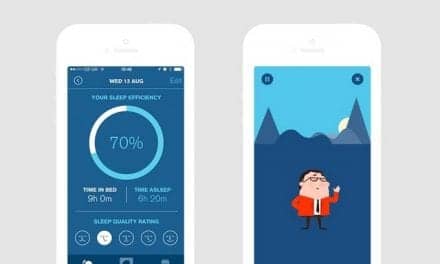PennState: ConCAD, presented at a recent conference in Europe, automatically learns patterns from electrocardiograph data collected by at-home devices, making it a faster solution than other sleep apnea diagnostics.
“The current standard approach to detect sleep apnea is for a patient to stay in a hospital overnight to record a polysomnography (sleep study) under the supervision of a clinical practitioner,” said Guanjie Huang, doctoral candidate of information sciences and technology and lead author on the paper. “The process is time-consuming, tedious, intrusive and belated.”
Huang explained that after a patient’s data is collected through a sleep study, which measures brain waves, blood oxygen levels, heart rate, respiration and body movements, clinicians then need to devote further time and resources to analyze it.
“It is essential to design an accurate model to automatically analyze the data and help doctors detect sleep apnea quickly,” said Huang.
Other tools to automatically detect sleep apnea through at-home devices exist using computer models built either through traditional machine learning methods, which rely on knowledge from human experts to design hand-creafted features that can identify sleep apnea conditions in a data set, or through deep learning methods, which eliminate the need for such experts due to immense amounts of data. But, according to Huang, there are limitations to these standalone approaches.
news.psu.edu


